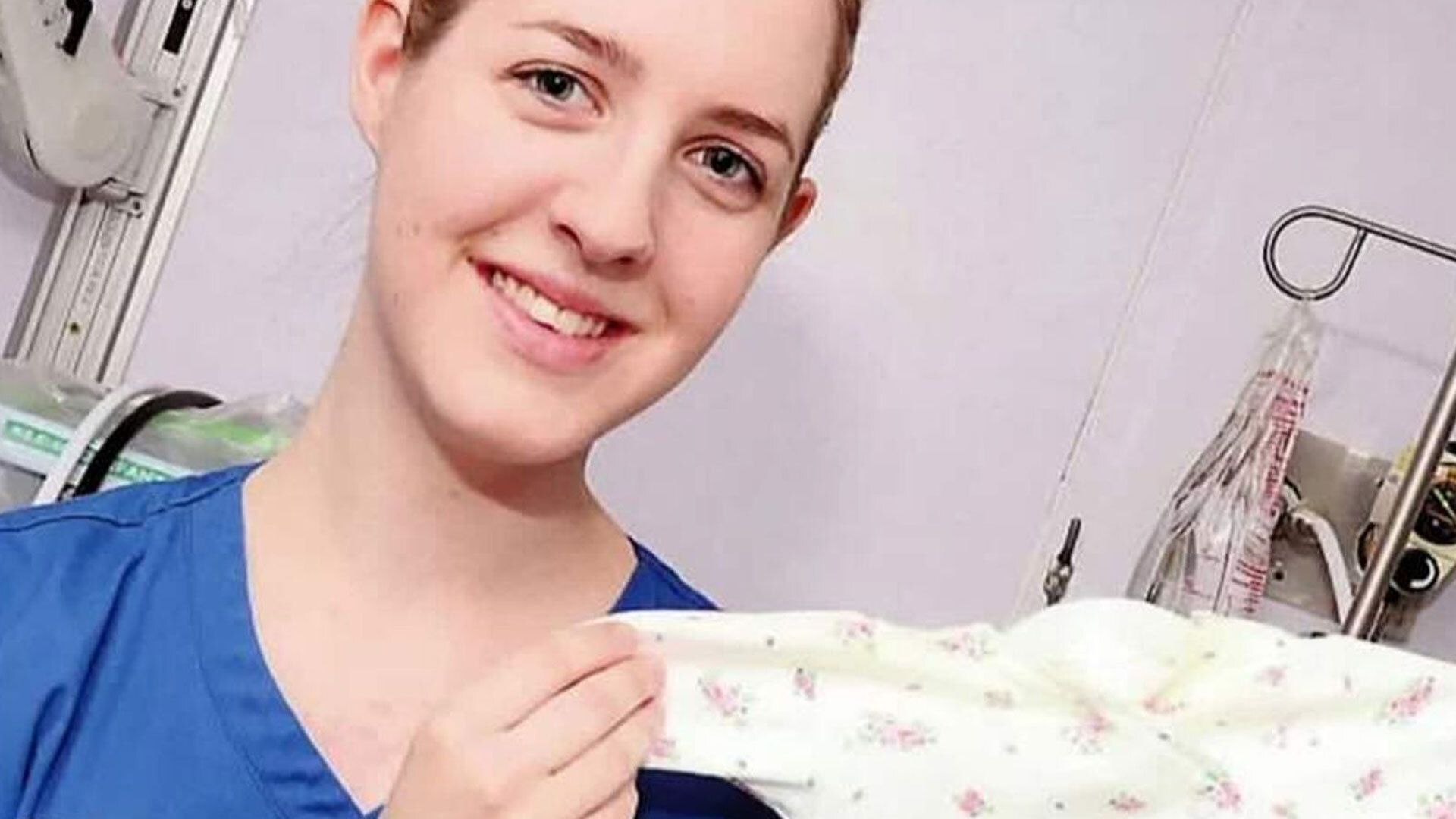Nurses who worked with Lucy Letby were “thinking the unthinkable” and checked rotas for a “common denominator” a few months into her killing spree, a public inquiry has heard.
Letby, 34, from Hereford, is serving 15 whole-life orders for murdering seven babies and attempting to murder seven others while working on the neonatal unit at the Countess of Chester Hospital between June 2015 and June 2016.
On Wednesday, Dr Rachel Lambie told the Thirlwall Inquiry, which is examining the events surrounding Letby’s crimes, that she remembers walking through the hospital’s intensive care unit when she saw a “huddle of nurses” looking over a computer.
She continued: “I asked what they were doing and one of the nurses replied they were going through the rota just to make sure that there wasn’t somebody that was on for each (baby death).
“I can’t recall precisely what she said but it was very much ‘it’s an awful thing to think but we are just looking’.
“I don’t recall saying anything but I remember being quite shocked and thinking ‘oh, I agree it’s an awful thing to think’. I mean it is the unthinkable but that’s what they were discussing.”
Dr Lambie said this was shortly before she left a trainee doctor placement at the hospital in September 2015.
Counsel to the inquiry Rachel Langdale KC asked Dr Lambie: “You are clear that there was discussion about the unthinkable and looking for somebody as a common denominator?”
Dr Lambie replied: “Only among the nursing staff in that particular period, I don’t recall a conversation among the doctors or a suggestion it was one particular person by the time I left in 2015.
“Among the doctors, there were established concerns that there was a series of events that were unusual, unexpected and serious and they were persisting.
“At that time we couldn’t explain what was happening but there was full appreciation that we needed to look into what was causing these events and this was not something that could be dismissed.”
Please use Chrome browser for a more accessible video player
Dr Lambie also told the inquiry there were “increasing levels of anxiety” on the unit following the death of a baby known as Child A and the collapse of his twin sister, Child B, in June 2015 due to the “unexpected and similar natures of their collapses and the appearance of a unusual rash”.
She said she was also concerned about a “very, very unusual incident” involving another infant that happened up to a fortnight before the death of Child A.
She said: “It was something I have never experienced before or since. I was already quite anxious going into Child A and B because I had that particular unusual event.”
The incident did not feature in Letby’s criminal case but Dr Lambie had made a statement to police about the matter, the inquiry was told.
Read more:
‘Tubes dislodged’ at another hospital – inquiry told
Doubts over conviction as families seek answers
Letby says ‘I’m innocent’ after latest sentence
Be the first to get Breaking News
Install the Sky News app for free
Dr Lambie added that as babies became unexpectedly seriously ill, collapsed or died she recalled medical and nursing staff reporting to each other they were “nervous” at the start of their shifts.
She told the inquiry: “I certainly remember within our team at handover it was a regular topic of conversation.
“I remember on more than one occasion almost the heart-sinking feeling of ‘oh gosh, what’s going to happen today’.
“There was almost an air of anticipation of what’s going to happen.”
Keep up with all the latest news from the UK and around the world by following Sky News
Also at the inquiry, Dr Huw Mayberry, who worked alongside Letby in 2016 as a registrar, told the inquiry he did not believe CCTV cameras would have stopped her from harming infants.
He said: “I’m not sure it would have dealt with a lot of the ways in which she killed and it may have given false reassurance that things were right.”
It would be “hard to tell” from CCTV that someone was injecting air into babies’ bloodstreams, he said.
The inquiry is expected to sit at Liverpool Town Hall until early next year, with findings published by late autumn 2025.




